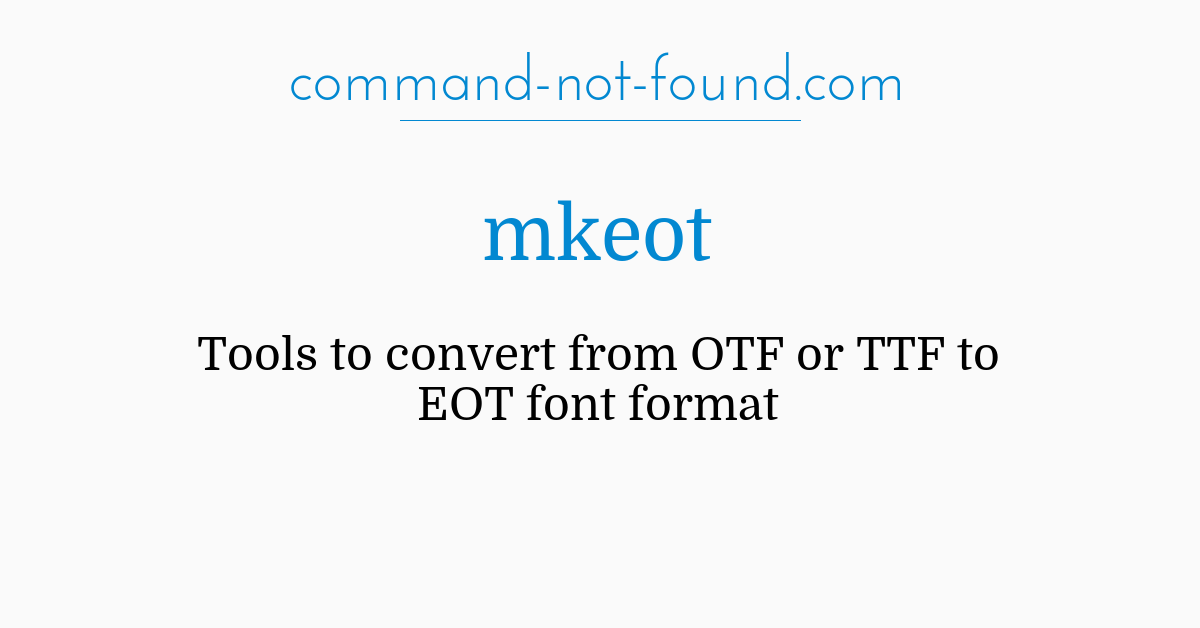

But if you are on a Mac and working on print projects, CFF is the way to go. To sum it up, if you are using the fonts in a Windows environment for either print or Web work, TFF is the better choice. If you need to use your fonts primarily in a specific program, check the program’s user guide to confirm that it supports all font formats. In addition, some Microsoft products (such as Windows PowerPoint 2007) have issues and/or limitations related to CFF OpenType fonts. The newer Windows operating systems have this capability built in. The TTF version is also the better choice when you’re using it on Windows because some older versions of the Windows OS (prior to Windows 2000) don’t render Type1 fonts correctly. If your project is bound for the Web or mobile devices, the TrueType-flavored (TTF) OpenType fonts are usually the best choice. TrueType outlines allow for more robust “hinting,” a feature that offers a high degree of control over how a font displays on the screen, especially at small sizes. But while both OpenType formats are platform-independent and can be used by both Mac and Windows operating systems, there are some differences that might be important to you when selecting which format to use.


To the viewer’s eye, these two OpenType fonts are exactly the same in appearance and metrics (spacing, kerning, etc.). The format depends on the kind of outline data it contains: PostScript or TrueType. otf (often referred to as PostScript Type1) and TTF with the extension. OpenType fonts come in two flavors with two different extensions: CFF, which usually has the extension. What’s the difference between the TTF and CFF OpenType formats?Ī. Post your questions and comments by clicking on the Comments icon above. TypeTalk is a regular blog on typography.


 0 kommentar(er)
0 kommentar(er)
